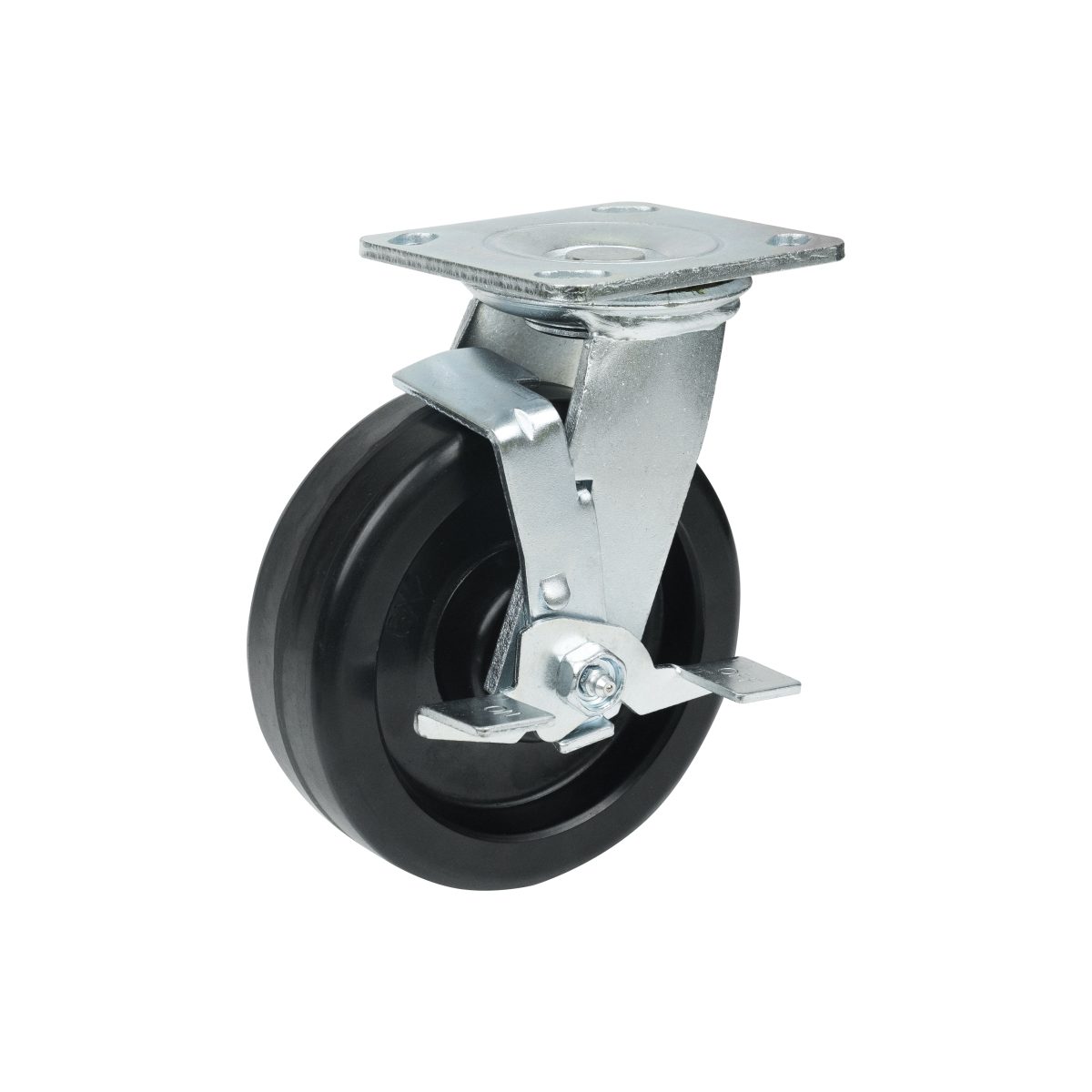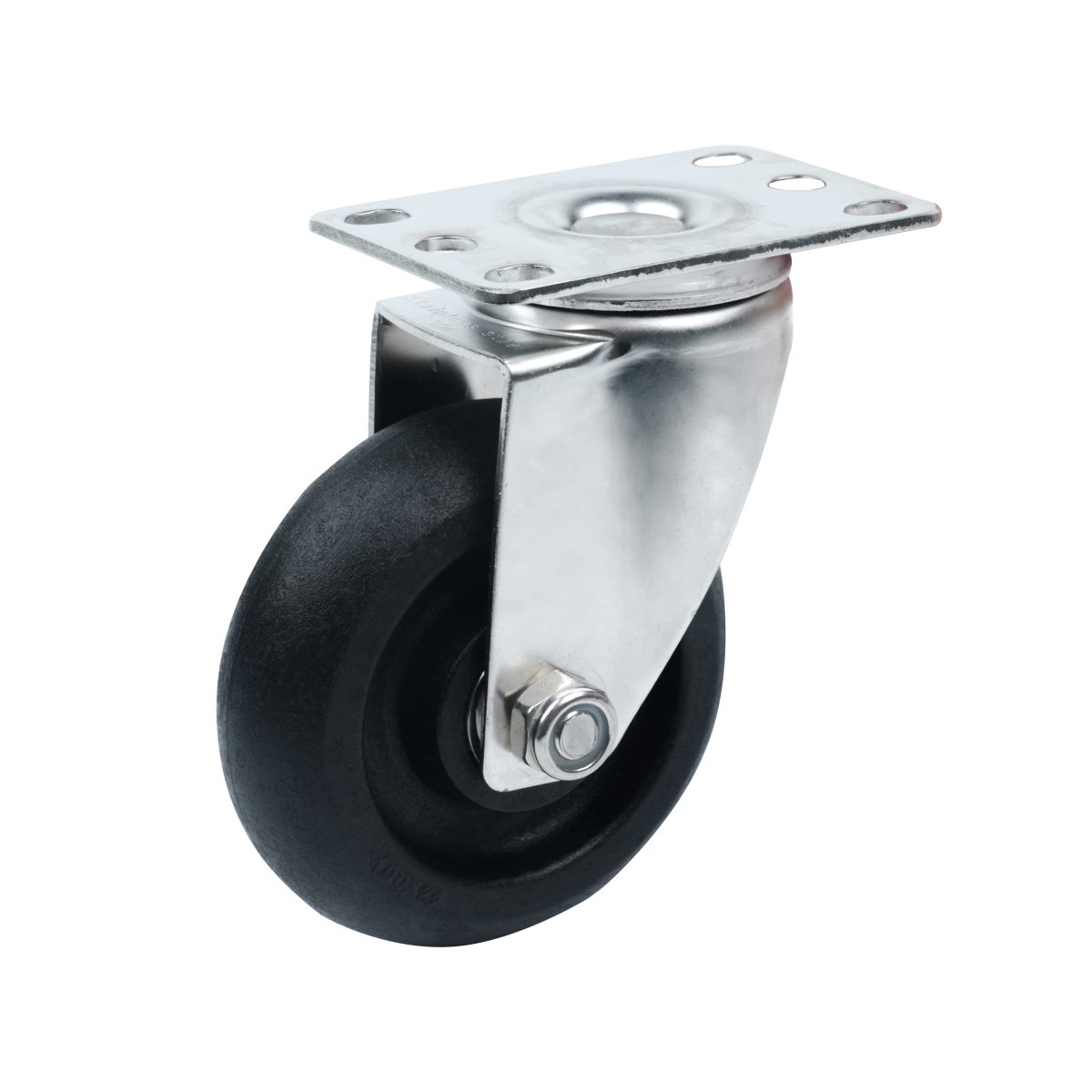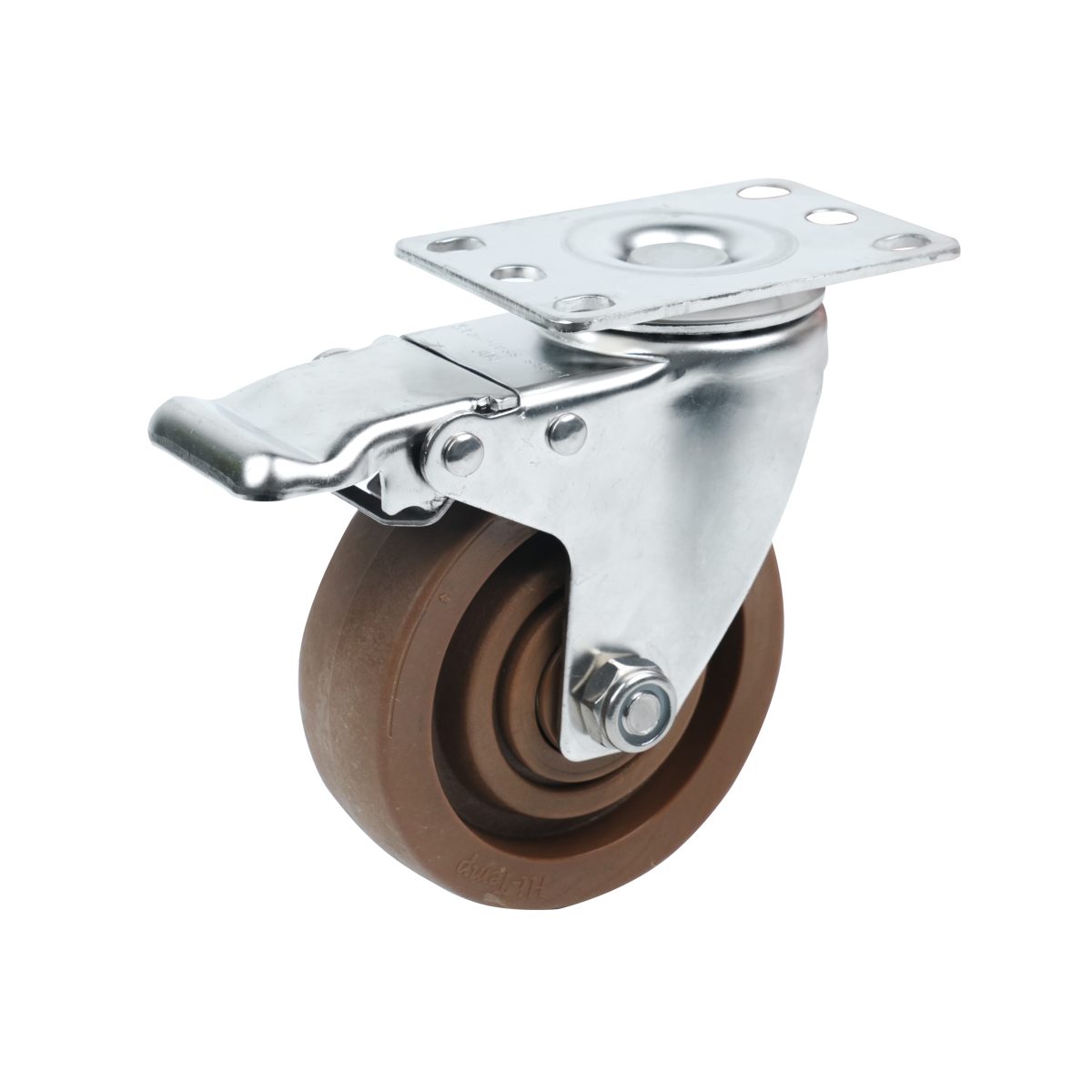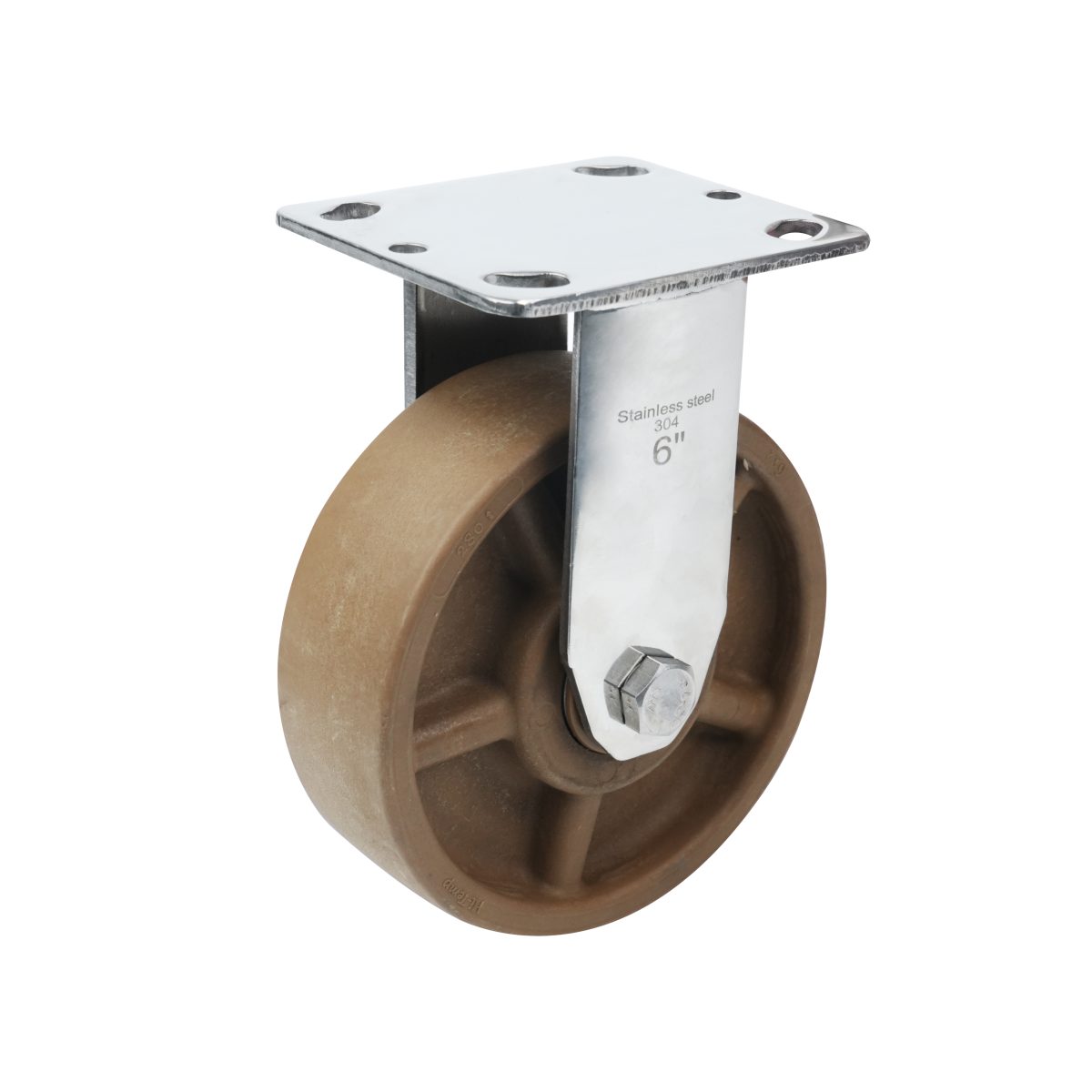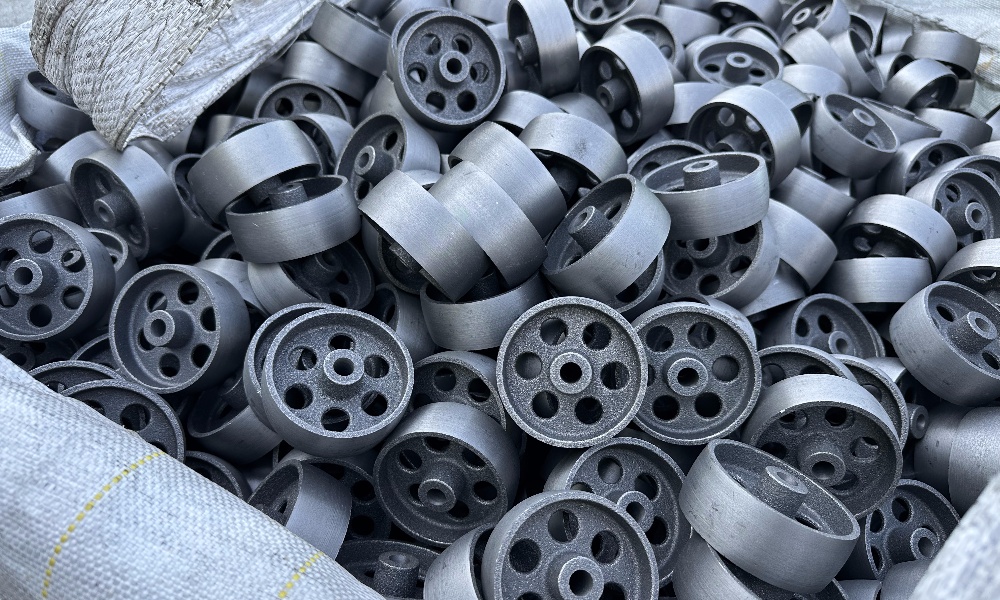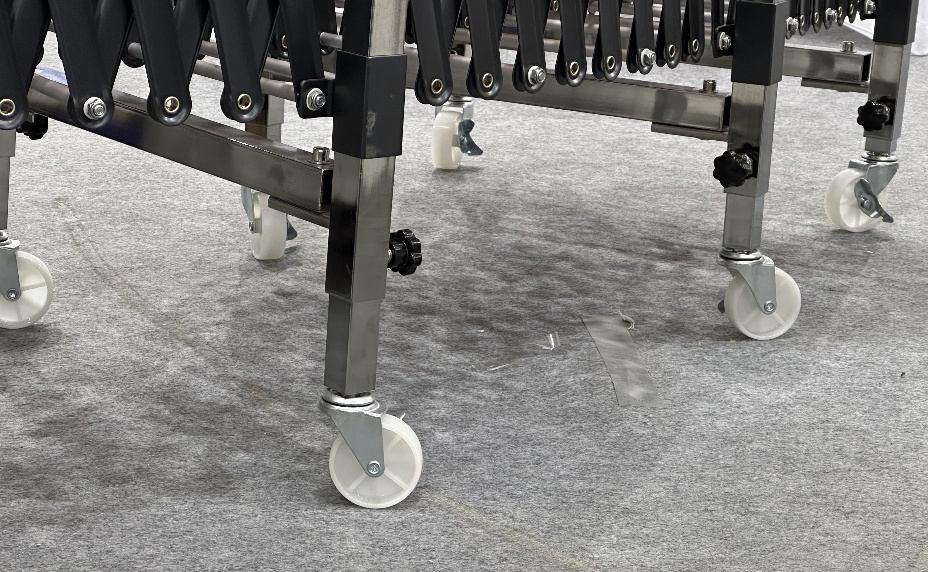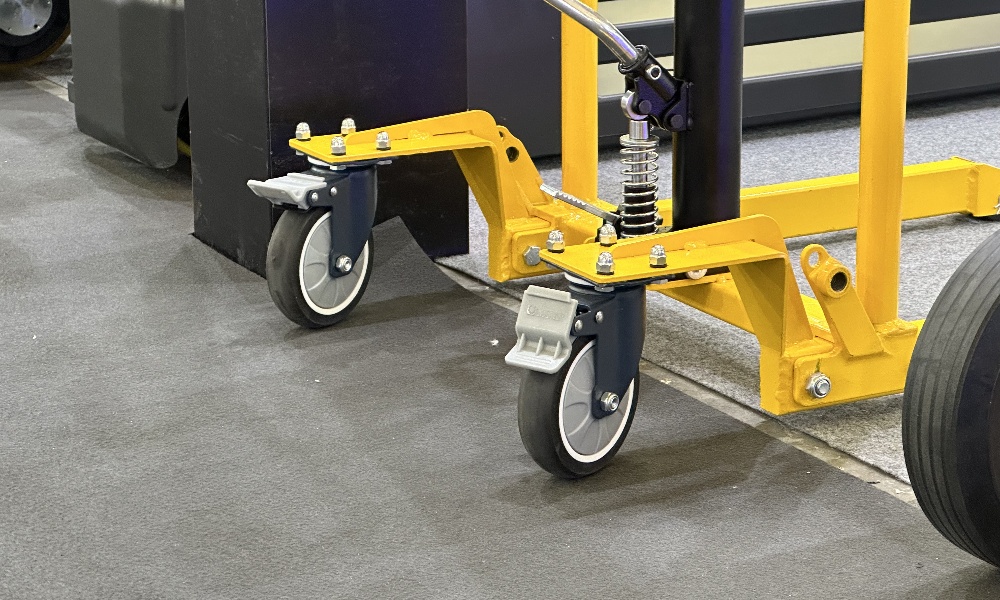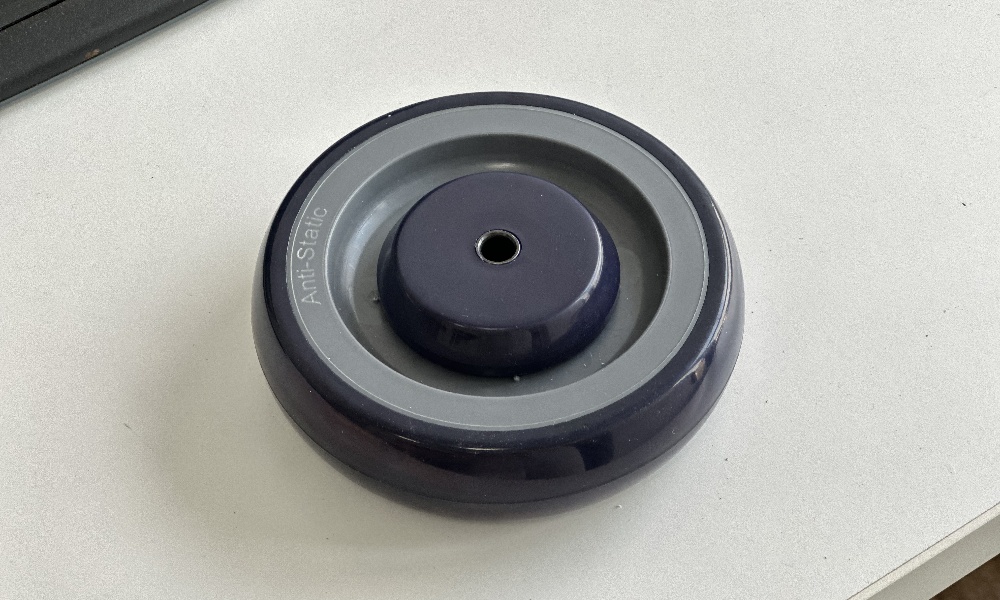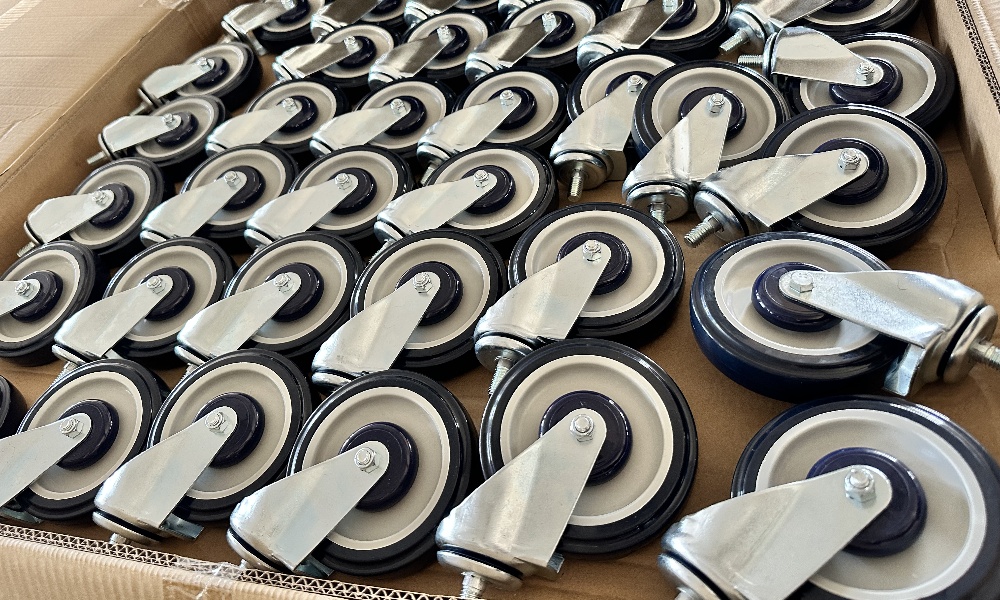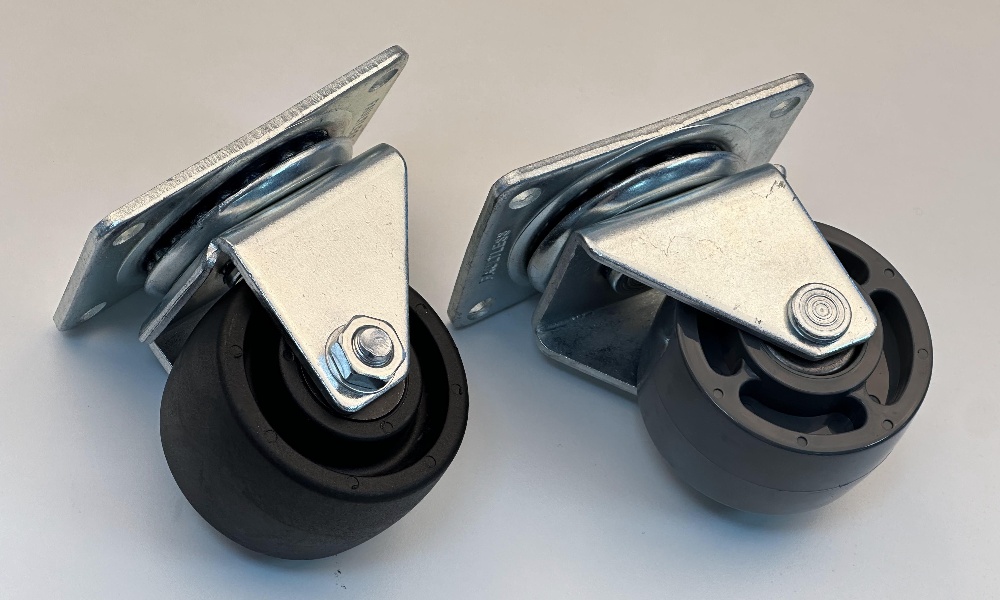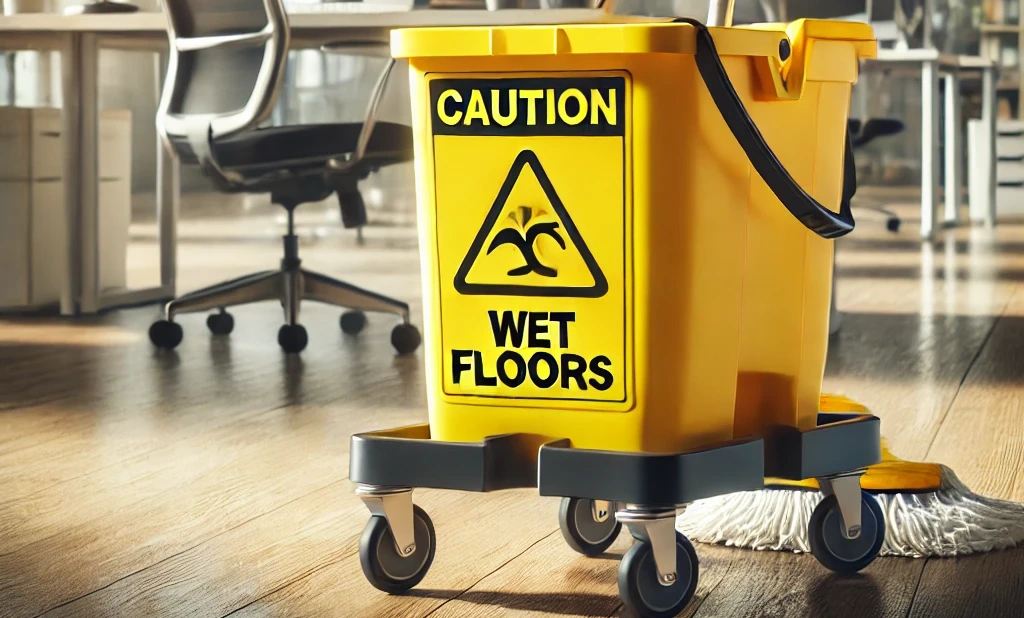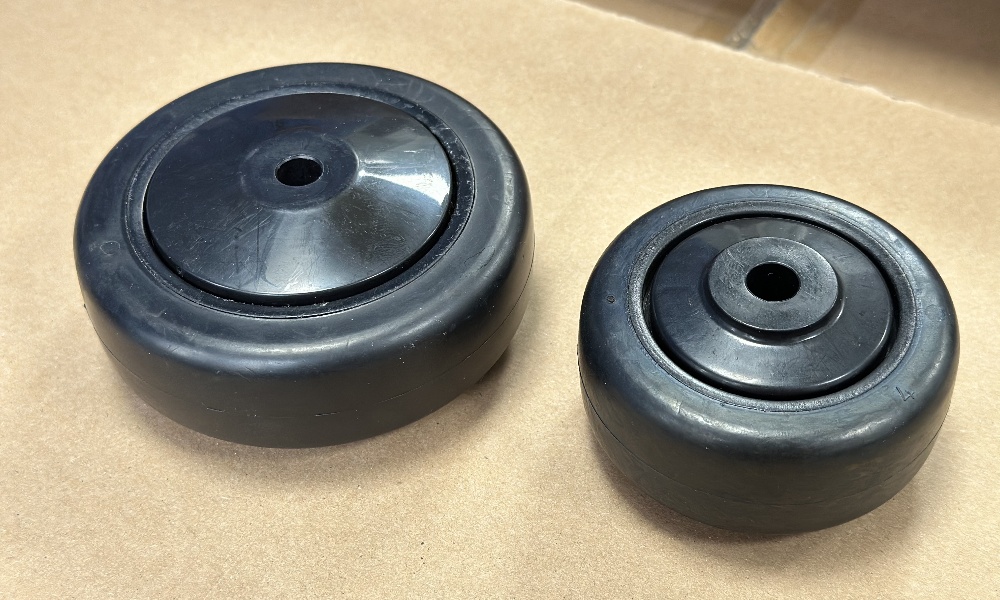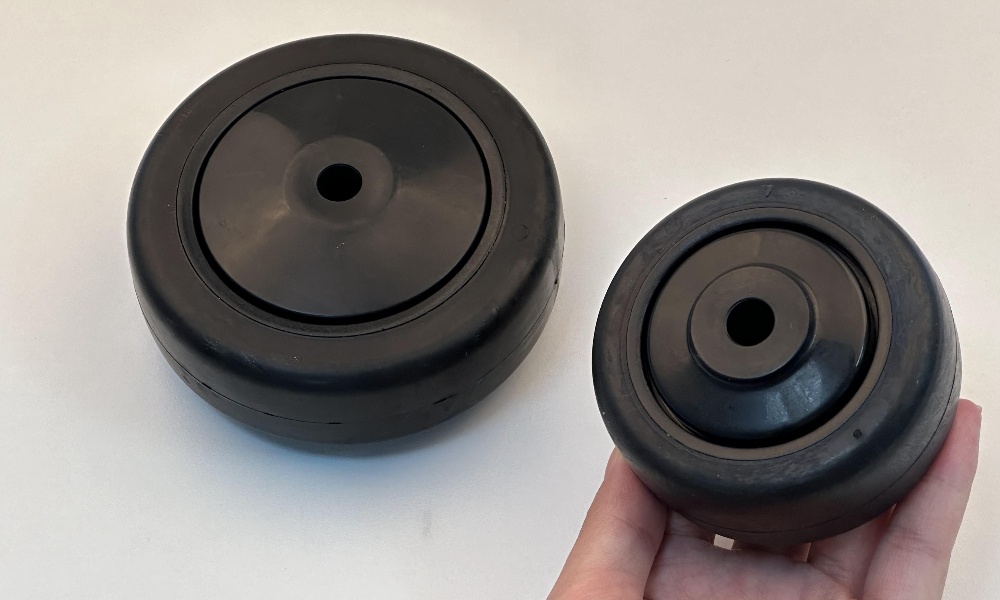What are phenolic casters?
In the world of industrial and commercial equipment, casters play a crucial role in enhancing mobility and functionality. Among various types of casters, phenolic casters stand out due to their unique properties and wide-ranging applications. This article delves into the characteristics, advantages, applications, and maintenance of phenolic casters, providing a comprehensive understanding of this essential component.
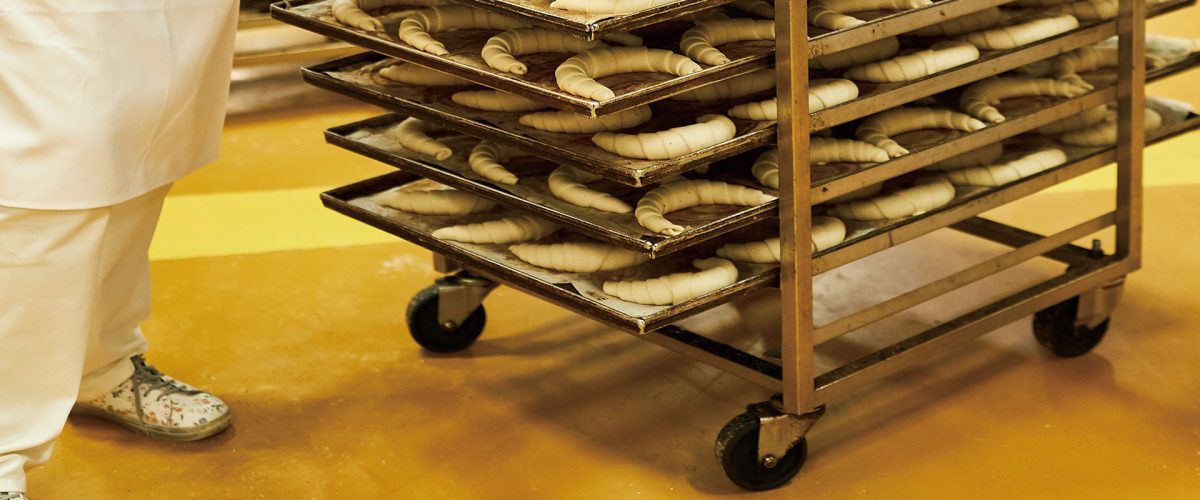
Understanding Phenolic Casters
Phenolic casters are wheels made from a type of thermosetting resin known as phenolic resin. This material is created by polymerizing phenol with formaldehyde, resulting in a hard, durable substance that can withstand a variety of environmental conditions. The wheels themselves are often reinforced with materials such as fiberglass to enhance strength and durability. The combination of these properties makes phenolic casters a popular choice for many industries.
Temperature Performance of Phenolic Casters
Phenolic casters are durable wheels made from a phenolic resin, offering excellent load-bearing capacity, resistance to chemicals, and durability in various conditions. They are particularly valued in industrial applications due to their performance in extreme temperatures.
Temperature Performance Table of Phenolic Casters |
||
Temperature Range(℃) |
Suitable Environments |
Performance Characteristics |
| -40 to -20 | Cold storage facilities, freezers | Maintains flexibility and strength, good grip. |
| -20 to 0 | Refrigerated transport, warehouses | Stable performance, resistant to moisture. |
| 0 to 50 | General warehousing, manufacturing | Good load-bearing capacity, resistant to wear. |
| 50 to 100 | Food processing, moderate heat exposure | Resistant to fats and oils, maintains integrity. |
| 100 to 200 | High-temperature manufacturing, ovens | Stable under heat, retains hardness, durable. |
| 200 to 300 | Heavy machinery, foundries | High heat resistance, minimal deformation, very durable. |
Phenolic Casters Wheels Provided by TARGET Casters |
||||||
Temperature Range(℃) |
TARGET Number |
Material |
Wheel Diameter |
Wheel Tread Width |
Load Capacity |
Caster Type / Fastening Type |
| -20℃ to 180℃(-4~+356℉) | TC-PHPRA100-01 TC-PHPSA100-01 TC-PHPSE100-01 |
Phenolic + Stainless Steel | 4″ φ100mm |
1.25″ 32mm |
130kg(290 lbs) | Plate Rigid、Plate Swivel、Plate Swivel Brake |
| 33W PH10001 | Phenolic | 4″ φ100mm |
2″ 50mm |
350kg(770 lbs) | High Temperature Wheel | |
| 33W PH12501 | Phenolic | 5″ φ125mm |
2″ 50mm |
400kg(880 lbs) | High Temperature Wheel | |
| 33W PH15001 | Phenolic | 6″ φ148mm |
2″ 50mm |
450kg(990lbs High-Temp 660lbs) | High Temperature Wheel | |
| -40℃ to 220℃(-40~+428℉) | TC-PGPSA075-01 TC-PGPRA075-01 TC-PGPSB075-01 |
Phenolic + Glass Fiber | 3″ φ75mm |
1.8″ 46mm |
181kg(400 lbs) | Plate Swivel、Plate Rigid、Plate Swivel Brake |
| TC-PGPSA100-01 TC-PGPRA100-01 |
Phenolic + Glass Fiber | 4″ φ101mm |
1.42″ 36mm |
100kg(220 lbs) | Plate Swivel、Plate Rigid | |
| TC-PGPSB100-01 | Phenolic + Glass Fiber | 4″ φ101mm |
2″ 49.5mm |
260kg(573 lbs) | Plate Swivel Brake | |
| TC-PGPRA125-01 TC-PGPSB125-01 |
Phenolic + Glass Fiber | 5″ φ127mm |
1.89″ 48mm |
320kg(705 lbs) | Plate Rigid、Plate Swivel Brake |
|
| TC-PGPSB150-01 TC-PGPRA150-01 |
Phenolic + Glass Fiber | 6″ φ152mm |
1.89″ 48mm |
380kg(840 lbs) | Plate Swivel Brake、Plate Rigid | |
| TC-PGPSB200-01 TC-PGPRA200-01 |
Phenolic + Glass Fiber | 8″ φ203mm |
1.89″ 48mm |
400kg(880 lbs) | Plate Swivel Brake、Plate Rigid | |
| -40℃ to 300℃(-40~+572℉) | TC-PBPSA075-01 | Phenolic + Glass Fiber | 3″ φ75 |
1 1/2″ 38mm |
115kg(254 lbs) | Plate Swivel |
| TC-PBPSE100-01 | Phenolic + Glass Fiber | 4″ φ100mm |
1.25″ 32mm |
140 kg (300 lbs) |
Plate Swivel Brake | |
| TC-PBPSA125-01 | Phenolic + Glass Fiber | 5″ φ125mm |
1.25″ 32mm |
150 kg (330 lbs) | Plate Swivel | |
| TC-PBPRA150-01 | Phenolic + Glass Fiber | 6″ φ150mm |
2″ 50mm |
380kg(840 lbs) | Plate Rigid | |
Advantages of Phenolic Casters
Phenolic casters offer several advantages that make them an attractive choice for various applications:
1. High Load Capacity
Phenolic casters are known for their high load-bearing capabilities. They can support heavy loads without deforming, making them ideal for industrial applications where heavy machinery or equipment needs to be moved.
2. Chemical Resistance
One of the standout features of phenolic casters is their resistance to chemicals. They can withstand exposure to oils, solvents, and various chemicals without degrading. This property makes them suitable for environments such as laboratories and manufacturing facilities.
3. Heat Resistance
Phenolic casters can endure high temperatures without losing their structural integrity. This heat resistance is particularly valuable in environments like kitchens or industrial settings where exposure to heat is common.
4. Low Rolling Resistance
The design and material composition of phenolic casters contribute to low rolling resistance. This means that less effort is required to move equipment, which can enhance productivity in industrial settings.
5. Durability
The robust nature of phenolic resin ensures that these casters can withstand rough handling and challenging environments. They have a longer lifespan compared to many other types of casters, which translates to lower replacement costs over time.
6. Noise Reduction
Phenolic casters tend to operate more quietly than metal or hard plastic casters. This can be particularly beneficial in environments where noise reduction is important, such as hospitals or libraries.
Conclusion
Phenolic casters are a versatile and durable option for a wide range of applications across various industries. Their unique properties, including high load capacity, chemical resistance, and durability, make them an ideal choice for environments where mobility and reliability are paramount. By understanding the advantages and proper maintenance of phenolic casters, businesses can make informed decisions that enhance their operational efficiency and reduce costs over time. Whether in manufacturing, food service, healthcare, or retail, phenolic casters continue to play a vital role in facilitating movement and productivity in today’s dynamic environments.

